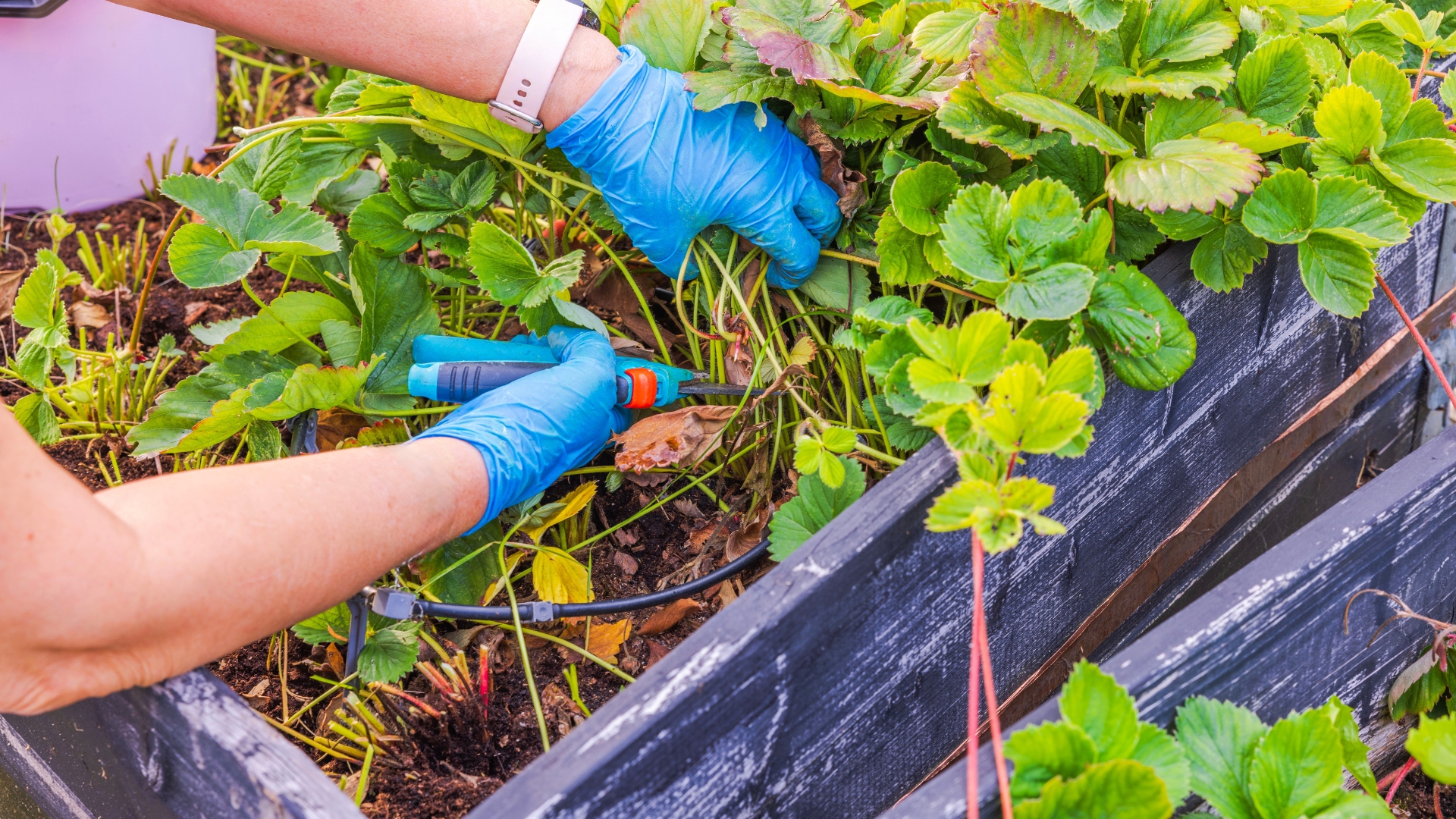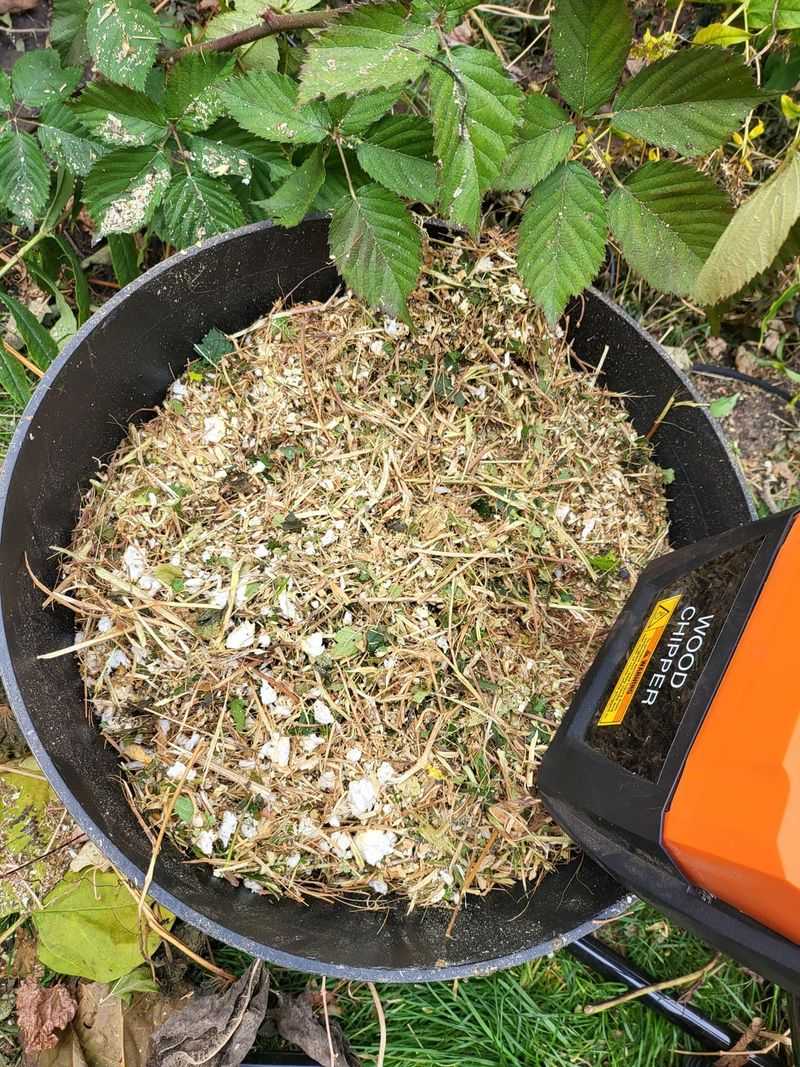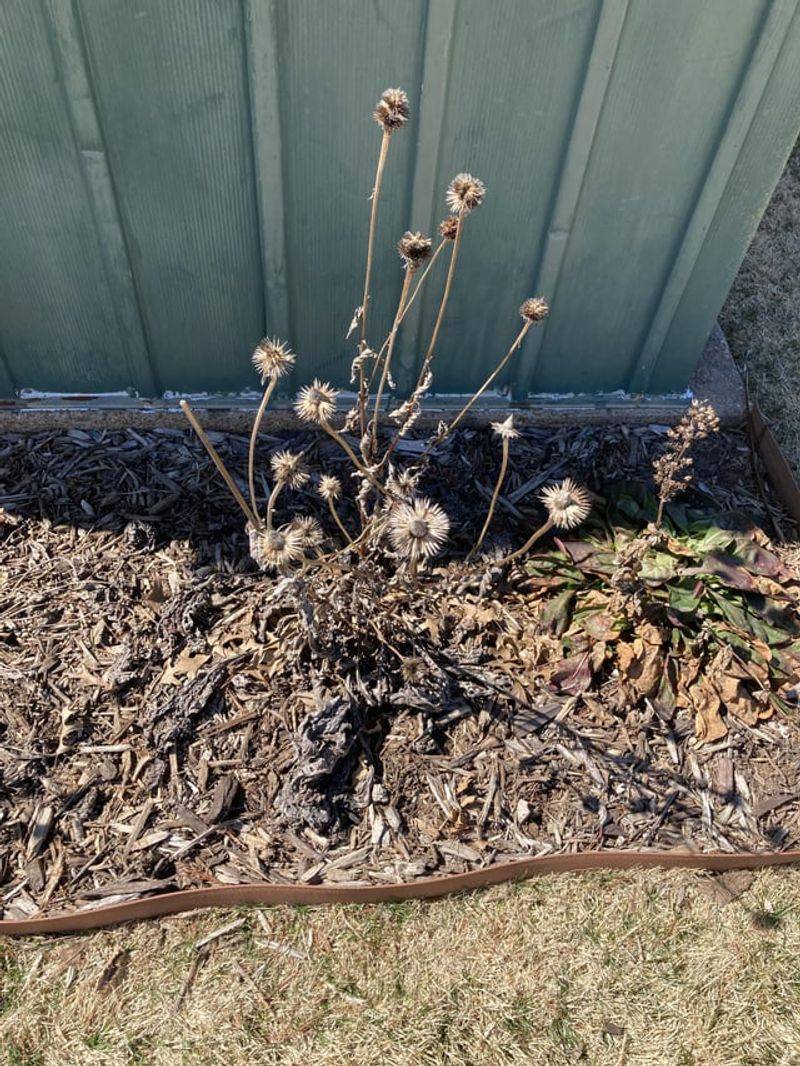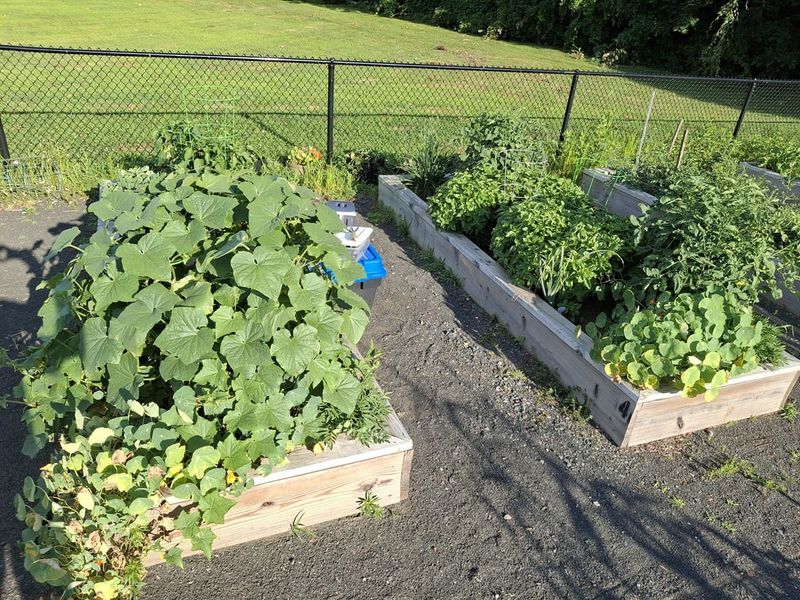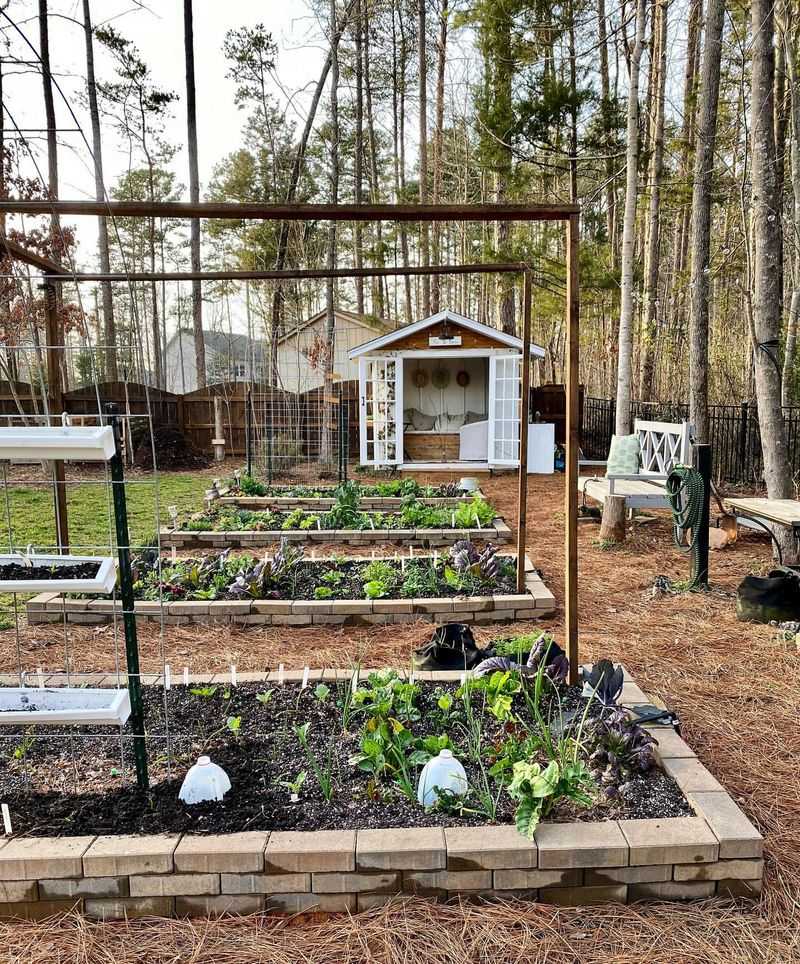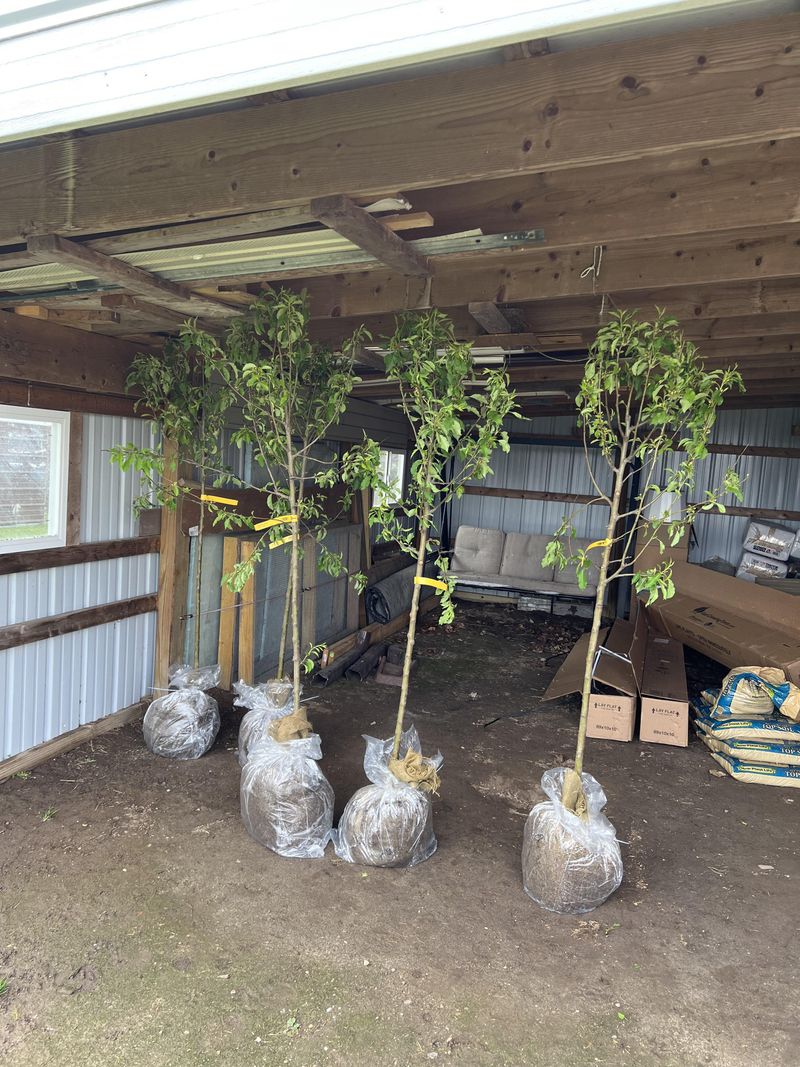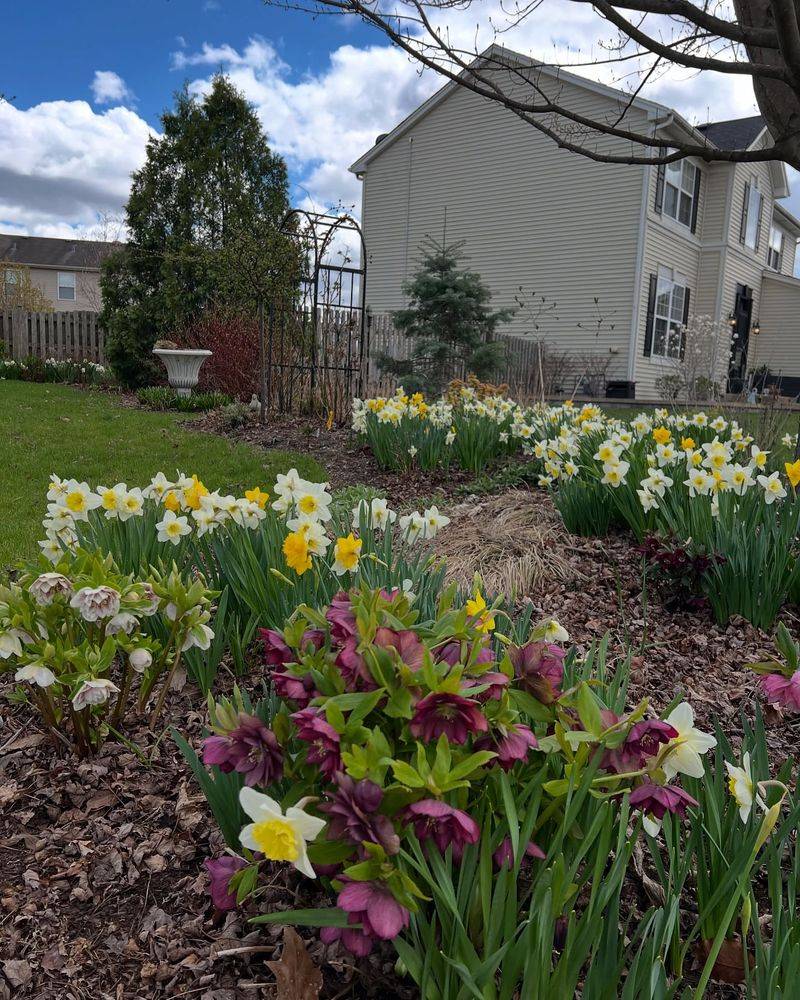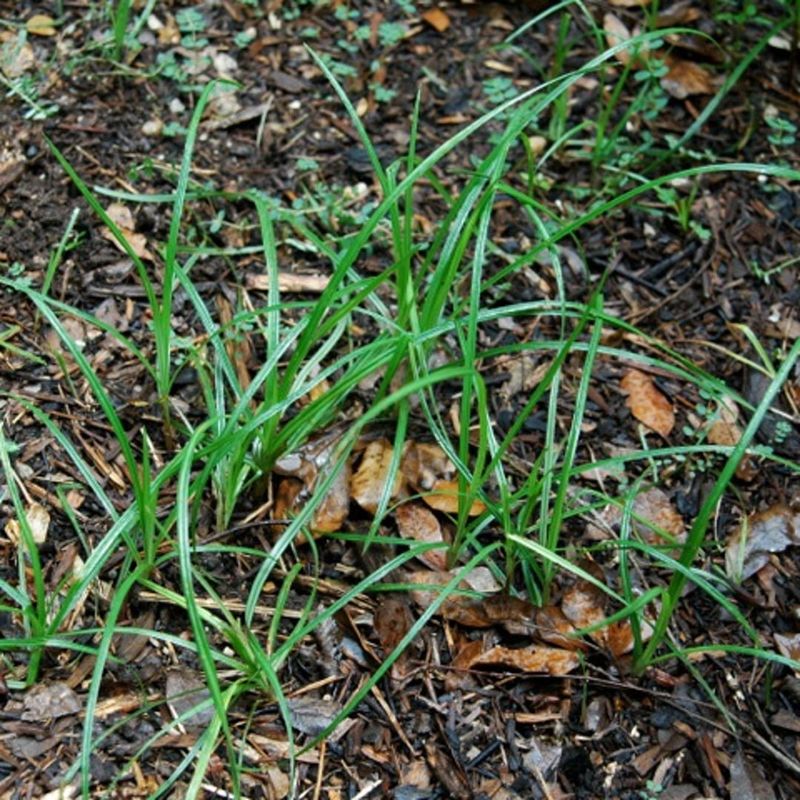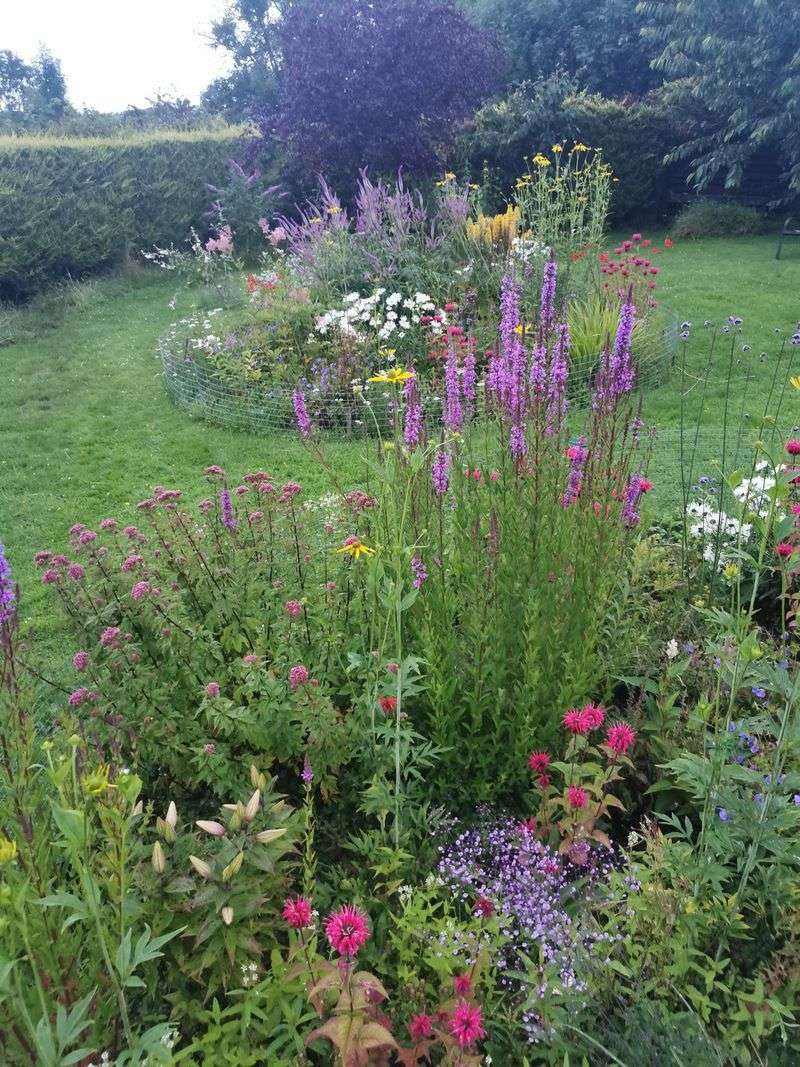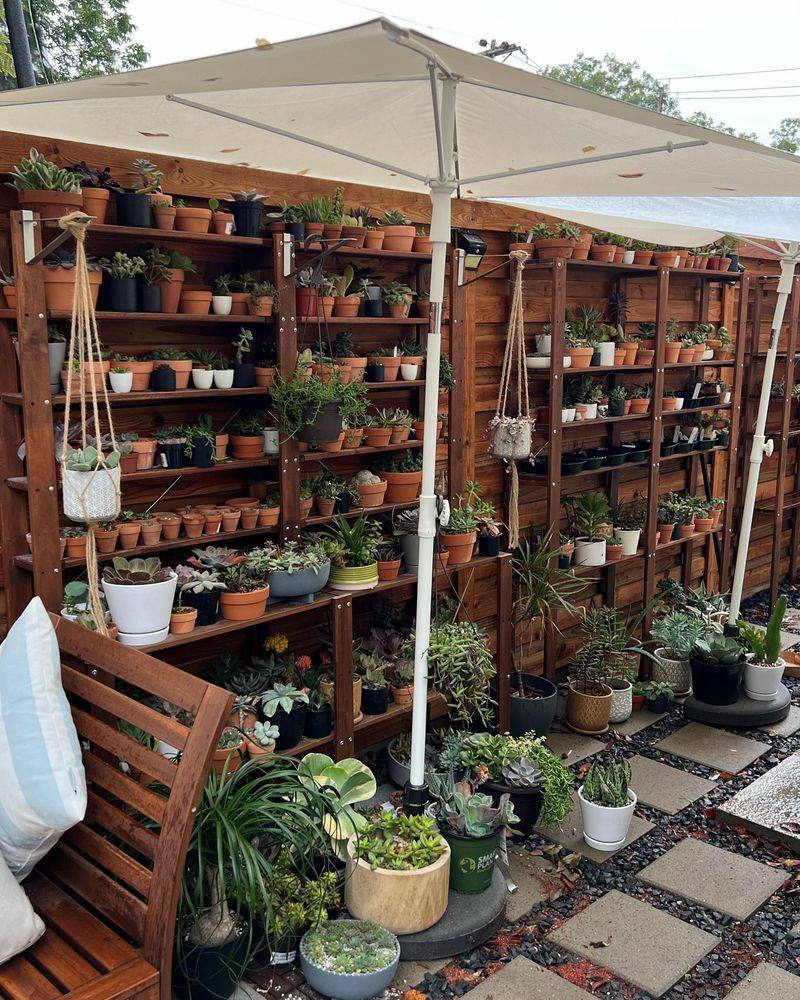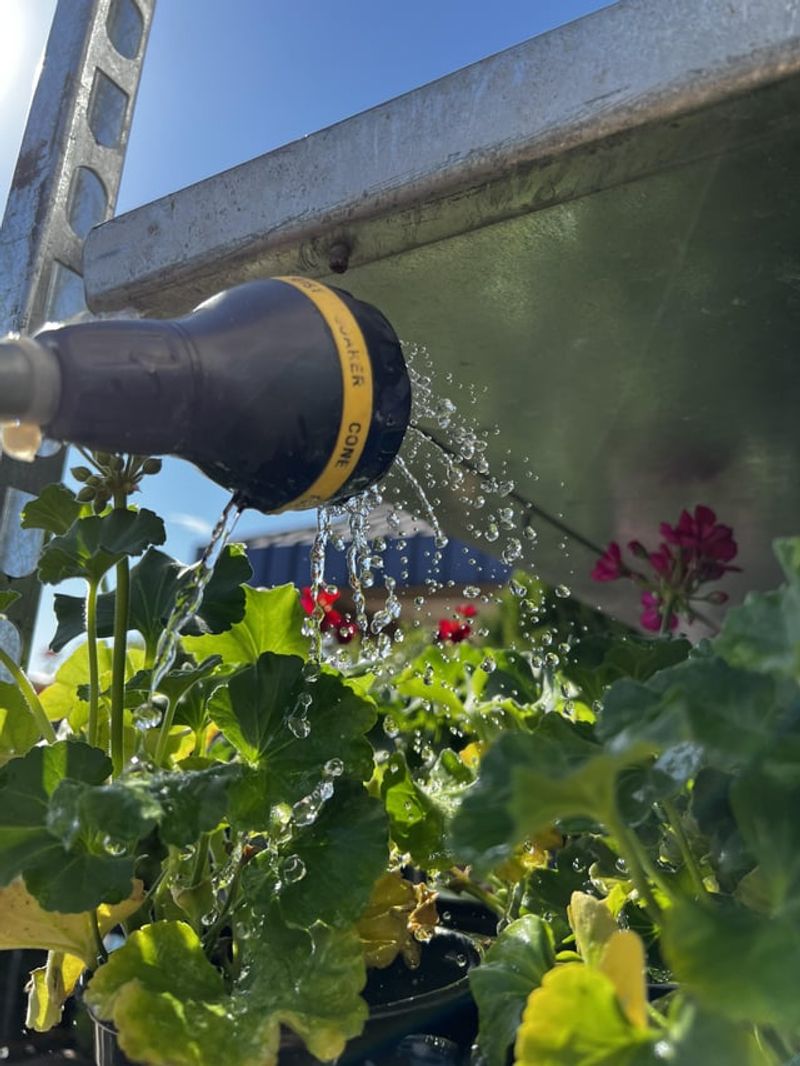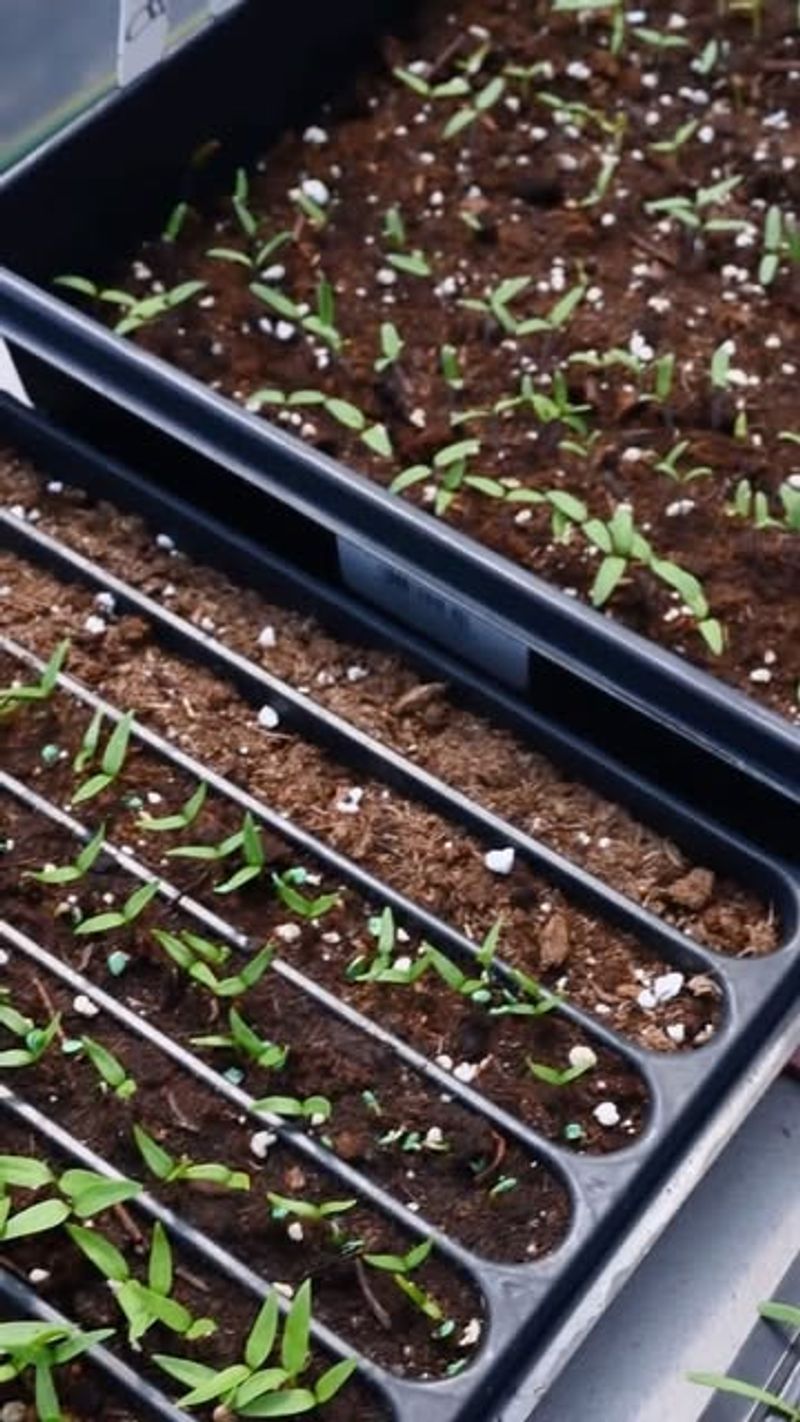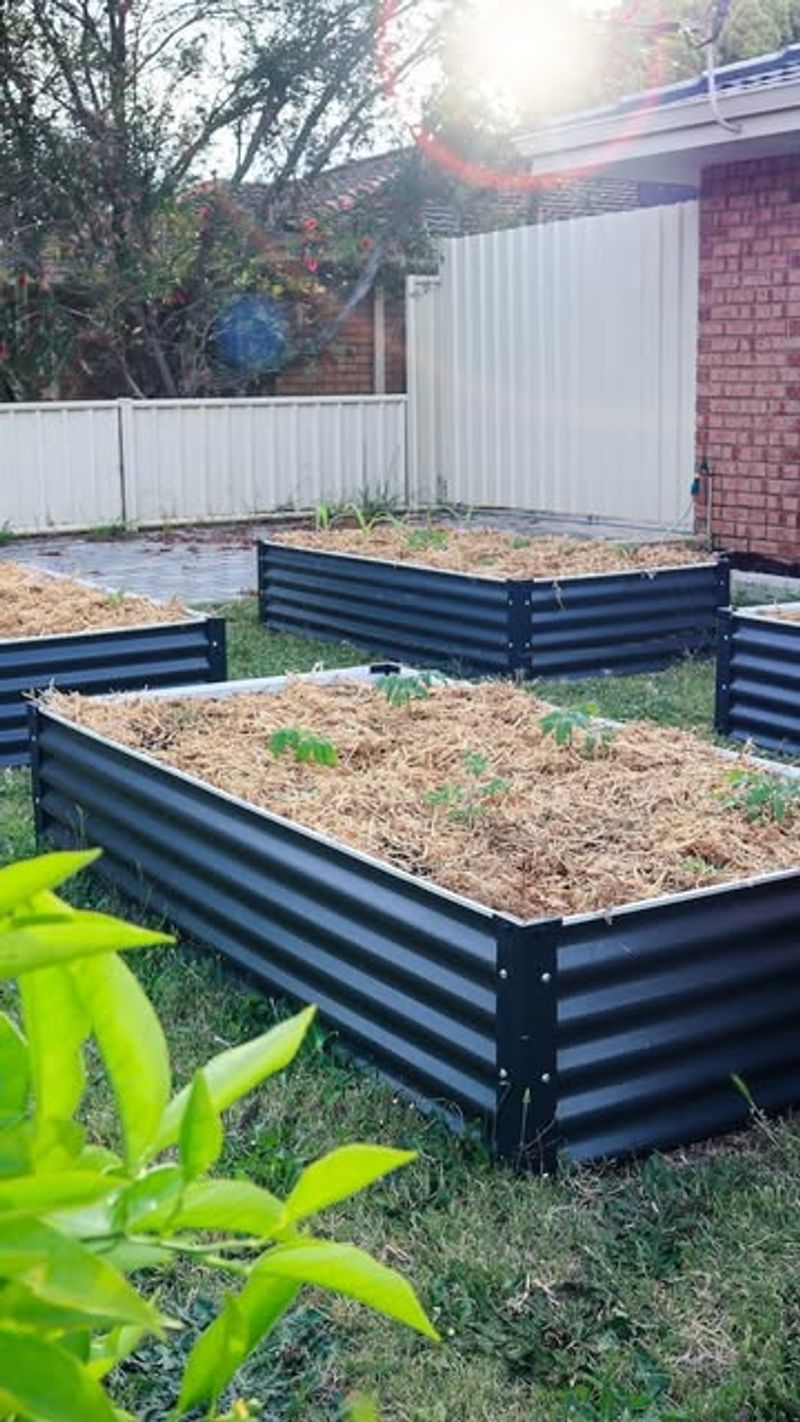Prepping fall beds in New Jersey can be a game-changer—but a few common slip-ups can turn hard work into headaches. I’ve learned the tough way that rushing or skipping steps only invites trouble later.
Things like forgetting to clear out old plants or piling on too much mulch can backfire fast. Taking a little extra care now means healthier blooms and veggies next season.
Let’s get those beds fall-ready without the usual oops moments!
1. Skipping Soil Testing
Garden success starts with understanding what’s happening below the surface. Many New Jersey gardeners skip this crucial step, assuming their soil is fine or applying amendments blindly.
Testing reveals your soil’s pH and nutrient levels, allowing for targeted improvements specific to your garden’s needs. Local New Jersey extension offices offer affordable testing services that take the guesswork out of soil preparation.
2. Removing All Leaf Debris
Nature provides free mulch every autumn, yet many gardeners rake everything away. Those fallen leaves are garden gold! They break down to feed soil microbes and protect roots from New Jersey’s winter temperature swings.
Shred leaves with your mower and spread a 2-inch layer over beds. The decomposing leaves improve soil structure while protecting beneficial insects that call your New Jersey garden home during winter months.
3. Pruning Spring Bloomers
Fall pruning can accidentally remove next year’s flowers on certain plants. Many spring-flowering shrubs like azaleas and rhododendrons (New Jersey favorites) form their buds during late summer.
Wait until after they bloom in spring to prune these beauties. For now, only remove dead or diseased branches. New Jersey gardeners who prune at the right time enjoy more abundant flowering displays in their spring landscapes.
4. Forgetting Fall Fertilizing
Many gardeners stop feeding plants as summer ends. Actually, fall is prime time for feeding perennials, trees, and lawns in New Jersey gardens. Cool-season fertilizing strengthens roots without pushing tender new growth.
Choose a fertilizer with higher phosphorus and potassium but lower nitrogen. These nutrients support root development and winter hardiness without stimulating vulnerable new growth that wouldn’t survive New Jersey’s winter temperatures.
5. Improper Mulching Techniques
Volcano mulching (piling mulch against tree trunks) invites pests and disease. The proper technique keeps mulch a few inches away from stems and trunks while extending outward to cover the root zone.
Apply a 2-3 inch layer across your New Jersey garden beds, but never against woody stems. This approach insulates roots from temperature fluctuations while allowing proper air circulation that prevents the fungal issues common in New Jersey’s humid climate.
6. Planting Too Late
Waiting until November to plant trees and shrubs gives them little time to establish before winter strikes. Roots need several weeks to settle in before the ground freezes in New Jersey.
Aim to plant woody specimens by early October. This timing allows roots to grow into the surrounding soil while temperatures remain moderate. New Jersey’s fall planting window is shorter than southern states, so timing matters more.
7. Overlooking Spring Bulbs
Missing the fall window for planting spring bulbs means missing spring’s first garden show. Daffodils, tulips, and crocuses must be planted before the ground freezes to bloom next year.
Plant bulbs when soil temperatures drop below 60°F, typically October in most New Jersey regions. Add bone meal to the planting hole for better blooms. New Jersey winters provide the perfect cold period these bulbs need for spectacular spring flowering.
8. Ignoring Weed Control
Fall weeds quietly set thousands of seeds while gardeners focus elsewhere. Tackling them now prevents major headaches next spring when those seeds germinate throughout your New Jersey garden beds.
Hand-pull existing weeds before they seed and apply fresh mulch to suppress winter annuals. The cool, often wet fall conditions in New Jersey make weeds easier to pull as soil loosens with autumn rains.
9. Neglecting Perennial Division
Overcrowded perennials perform poorly and become more disease-prone. Fall is ideal for dividing many perennials like hostas, daylilies, and iris that have become too dense in New Jersey gardens.
Divide when temperatures cool but before the ground freezes, giving plants time to establish new roots. The typically moister fall conditions in New Jersey provide perfect conditions for divisions to establish before winter dormancy.
10. Cutting Back Everything
Overzealous cleanup removes valuable winter habitat for beneficial insects and birds. Seed heads from coneflowers, black-eyed Susans, and ornamental grasses feed birds through winter.
Leave sturdy perennial stems standing until spring, especially those with decorative seed heads. New Jersey’s winter landscape gains visual interest from frost-covered seedheads while providing essential habitat for native pollinators that help your garden thrive.
11. Forgetting Winter Protection
New Jersey’s freeze-thaw cycles can heave plants right out of the ground. Young perennials and shallow-rooted plants are especially vulnerable during their first winter in your garden beds.
Apply mulch after the ground freezes to keep soil temperature consistent. For borderline-hardy plants in northern New Jersey, consider burlap screens to block harsh winds and reduce winter burn on evergreen foliage.
12. Skipping Fall Watering
Plants need moisture before winter dormancy, especially newly planted specimens and evergreens. Many gardeners stop watering too early, leaving plants vulnerable to winter desiccation.
Continue watering until the ground freezes, focusing on recent plantings and evergreens. New Jersey’s variable autumn rainfall means supplemental watering is often necessary to send plants into winter with adequate moisture reserves.
13. Ignoring Soil Amendments
Fall is perfect for improving soil structure with organic matter that breaks down over winter. Many gardeners miss this opportunity, waiting until spring when they’re rushed with other tasks.
Work compost, aged manure, or leaf mold into beds now. New Jersey’s clay-heavy soils particularly benefit from fall amendments that have time to integrate with native soil before spring planting begins.
14. Forgetting Pest Prevention
Garden pests overwinter in debris and soil, ready to emerge in spring. Taking preventative measures now reduces problems next year in your New Jersey garden beds.
Remove diseased foliage completely rather than composting it. Consider applying beneficial nematodes to soil in areas where grubs or other soil-dwelling pests have been problematic in your New Jersey landscape.
15. Neglecting Tool Maintenance
Garden tools deserve attention before winter storage. Rushing through fall cleanup with dirty tools spreads disease and shortens tool life.
Clean soil from tools, disinfect with 10% bleach solution, and apply oil to prevent rust. New Jersey’s humid climate can be particularly hard on garden tools, making proper end-of-season maintenance essential for preserving your gardening investments.

